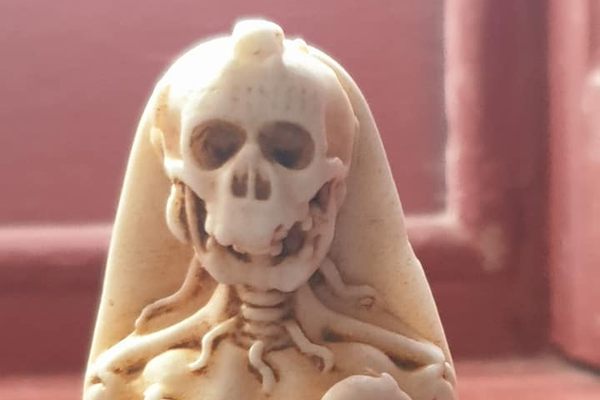About
The Maritime Museum of the Atlantic in Halifax, Nova Scotia has over 20,000 artifacts cataloguing the famous nautical town's relationship with the ocean.
Along with the permanent exhibits, many items can be found in the Visible Storage rooms of the museum—anchors, ships lanterns, captain's log books, sailors scrimshaw—each has its own tale to tell of life at sea, all things you would expect to see in a museum dedicated to maritime. However, the museum has a few treasures that are one-of-a-kind, slightly more morbid than your standard fare.
Hidden away in this small, well appointed museum is perhaps one of the most poignant reminders of one of the world's most famous disasters, the sinking of the RMS Titanic, the mortuary bags used to recover bodies found at sea.
As the port nearest the stricken ship, Halifax steamer craft the Makay Bennett recovered over 300 victims of the disaster, many of whom were buried in the city at Fairview Cemetery. On display in the museum's Visible Storage is Mortuary Bag no. 41, which was used to transport ship's steward E.J. Stone ashore. The bag was then used to ship his personal effects to his wife in Southampton. The initials "OHMS" grace the still-attached tag, standing for On His Majesty's Service.
With all of the modern fascination and pop culture influence surrounding the ship's sinking, it's easy to forget that approximately 1,500 people lost their lives in the disaster. The Maritime Museum of the Atlantic in Halifax offers a sober reminder in the shape of a plain canvas bag stamped No. 41.
Related Tags
Know Before You Go
My family and I visited the museum on August 4, 2021 and unfortunately, Mortuary Bag no. 41, which was used to transport ship's steward E.J. Stone, is no longer in display.
Community Contributors
Added By
Published
July 15, 2014




























